In a modern private house can not do without a drain pump. Even if the house is connected to the central water supply, the drainage pump can be used to remove water from the pool, an artificial pond, underflooding the infield, etc. In the household this thing is always needed. However, not for any liquid can use a drain pump. A drain pump can last a long time if clean water is removed with this mechanism, and if there are impurities, the impurities must be a fine fraction.
Content
Drainage pump of surface type
Drainage pumps are divided into submersible pumps and surface pumps.
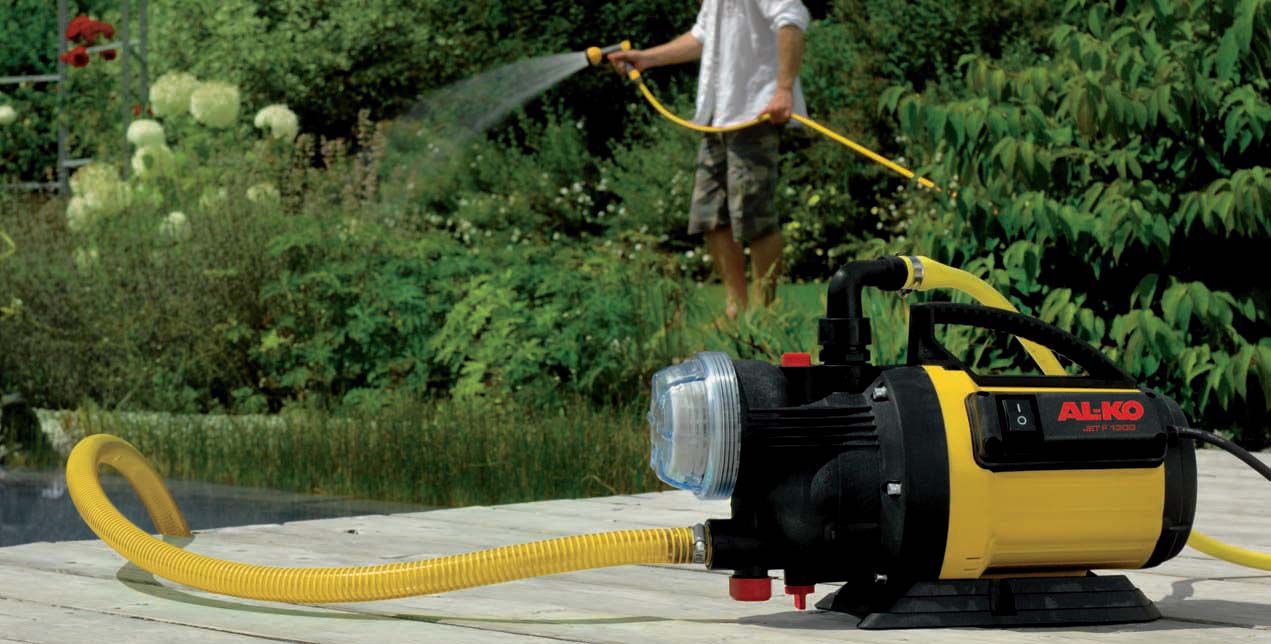
Pumps of horizontal arrangement or surface appearance are capable of pumping water up to a distance of 100 meters.
To the dignity of pumps with a superficial arrangement, one can attribute simplicity of installation and simplicity of maintenance.
The disadvantage can be attributed to the inability to raise the pump to a higher altitude, since it can only be used in places where the groundwater is close to the ground and noise during operation, since the pump is located on the surface of the earth.
Submersible drainage pump
Submersible pumps are designed to lift water from a great depth, mainly up to 10 meters, but there are special submersible pumps for lifting water from a great depth.
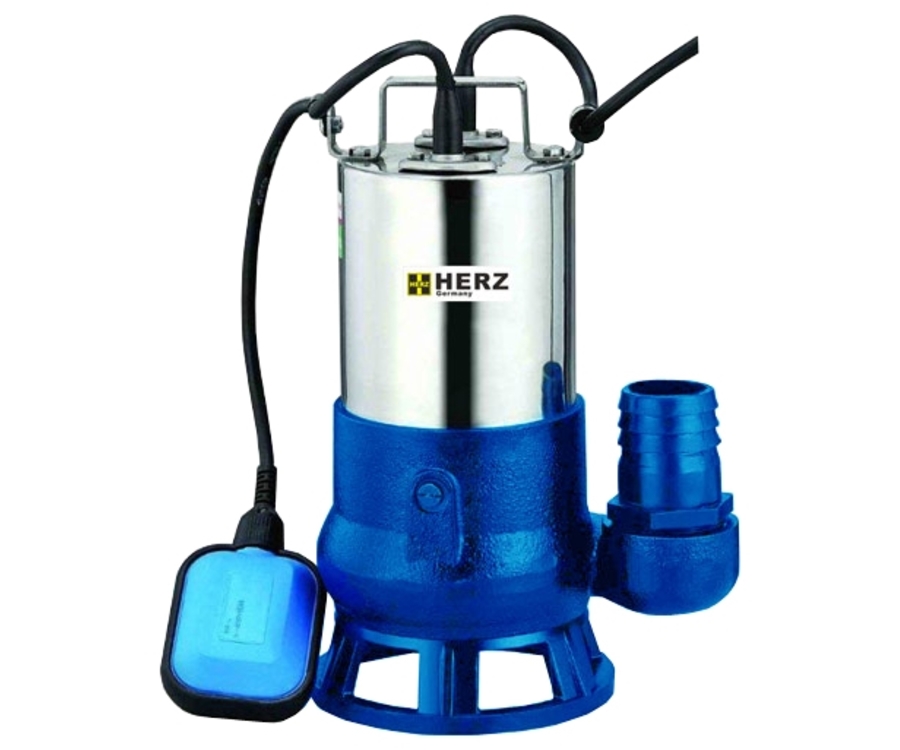
Pumps of this type are located directly at a depth, in a well or in a well.
The advantages of pumps include:
-Ease of operation;
-due to compact size, do not require wide boreholes;
- Because of the location at depth, no noise is heard.
The disadvantages are:
- the need to extract the pump from the well for maintenance.
Blades of drainage pumps
In addition to the above factors, when buying a drainage pump, it is necessary to pay attention to the material of which the pump blades are made.
Since the drainage pumps used by homeowners are mainly domestic, and household pumps produce a blade type, we pay attention to the material of the blades.
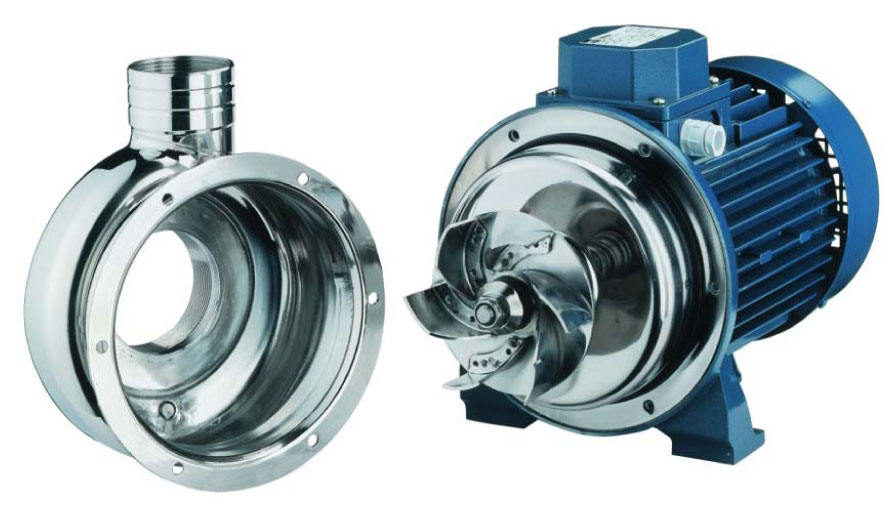
Blades are made of polymer and stainless steel.
Polymer blades have good strength, good resistance to mechanical damage and wear and do not rust, i.e. they are not affected by corrosion.
Blades made of stainless steel have high strength, are resistant to corrosion and have increased resistance to wear, but for all technical characteristics, stainless steel blades outperform polymer blades.
The only disadvantage of pumps with stainless steel blades is their higher price.
Using all the above advantages and disadvantages, additionally drawing information online about drainage pumps, you will make the right choice.
If you choose a submersible pump, it will last a long time, but only if it is properly installed.
If you install the pump close to the bottom of the well, the pump can suck silt or sand, which will cause clogging of the pump internals and will cause blade failure.
Therefore, the pump must be installed above the bottom.
Manufacturers provide for the possibility of ingress of sand inside and therefore there are models of pumps with water intake in the upper part of the housing.
Important! Drainage pumps are not used for pumping dirty water.
Performance and pressure head of the drain pump water
Choosing a drain pump for household needs of a country house, you need to pay attention to the pump's performance and to what height the pump can raise water.
The volume of fluid that pumps the pump for 1 hour is the pump's capacity.
If you have a specific task of emptying a 20 m3 capacity in 4 hours, then dividing the volume by the time, you will get the required performance, in this case it will be equal to 20: 4 = 5 m3 / hour. Having decided on the performance, we solve the problem with the head of the pump. To do this, we determine the height of the rise of the liquid and for what length it is necessary to withdraw this liquid.
According to the law of physics, any action is accompanied by opposition. Pushing water through the pipe, the water exerts a resistance, in this case, for every 10 meters of a horizontally located pipe, there is a loss of 1 meter of head, taking into account the losses, a design coefficient of 0.1 is assumed.
If the pump is installed at a depth of 1.5 meters, but the pipe extends through a height of 1 meter, and the water needs to be transported for a length of 20 meters, consider the minimum head.
1.5 meters (depth) x 1 meter (elevation height) x 20 meters (transport length) x 0.1 (ratio) = 3 meters.
In total, it is necessary to choose a pump with a minimum head of 3 meters and a capacity of 5 m3 / h.
Each pump, issued by the manufacturer, has its own passport in which both the head and pump output are reflected.
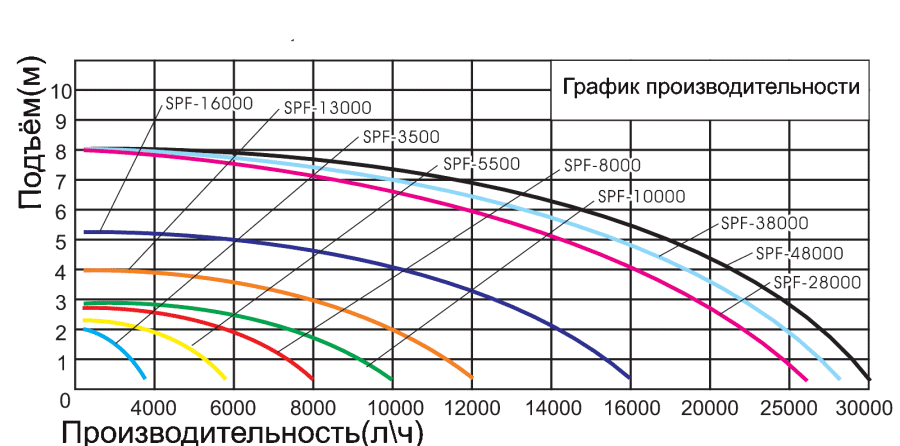
Different models differ in performance, but the more performance, the lower the head.
Pump Outlet and Diameter
Each drain pump has a suction pipe (1), an outlet nozzle (2), this outlet usually has a large diameter that does not match the diameter of the garden hoses, so if you buy a drain pump, buy a drainage hose in the same place.

The drainage pipe can be of vertical mounting and horizontal fastening.
When choosing a pump, take into account the terrain of the site and select the fixing of the drainage branch taking into account the relief of the site.
Installing the drain pump yourself
The drain pump can be installed by any owner.
It is necessary to observe the correct installation of the pump on the bottom of the tank, you can not put the pump in the sludge.
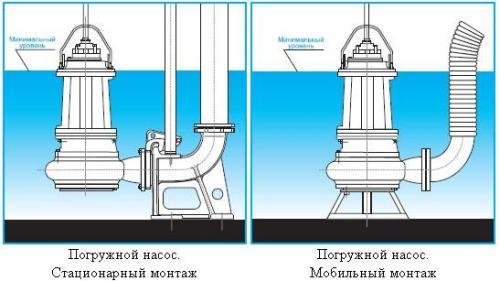
It is better to choose the deepest place, lower it to the bottom of a hard, flat, 2-3 cm thick pedestal and install the pump on this stand.
We lay the drain hose in the right direction, connect the power supply and the system is ready.



















